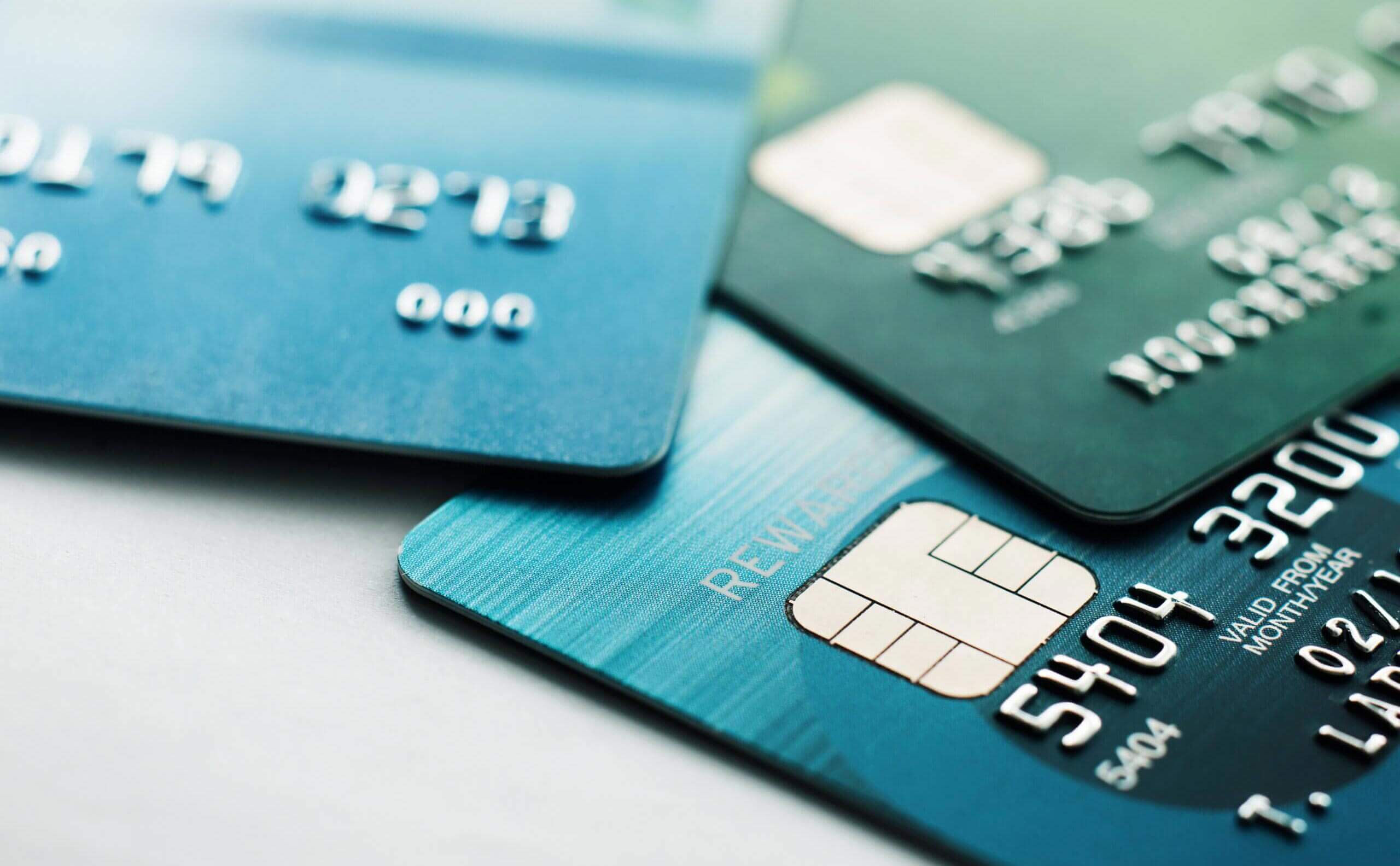12 Tips on Preventing Chargebacks
Sabine Konhaeuser2023-03-22T12:19:48-04:00
12 Tips on Preventing Chargebacks
What Is a Chargeback?
A chargeback is a claim filed by your customer that refutes a card transaction and results in a refund for the customer. Businesses can choose to accept or fight chargebacks, but the dispute process is lengthy, expensive, and very similar to going to court. If your business accepts card payments, chargebacks are unavoidable. However, there are several best practices you can implement to mitigate the costs associated with them.
1. Accept In-Person Transactions When Possible
A chargeback filed for a payment accepted online or over the phone is known as a “card-not-present” transaction. It will, unfortunately, result in an automatic ruling in favor of the customer. It’s best to accept payments in person and, whenever possible, dip or tap EMV payments versus keying in transactions.
2. Respond ASAP
If you don’t reply to a dispute on time, you will be liable for the chargeback — even if the customer’s claim is invalid. If you wish to dispute a customer’s claim, submit all materials needed to resolve the issue no later than the date displayed on the inquiry letter.
3. Follow Up With Your Customer Directly
If you receive a chargeback notification, try contacting your customer directly to solve the issue. Personal customer service can go a long way. Remember that this must be done within the timeframe set by the card brand.
4. Make Customers Aware of Terms and Conditions
Make terms and conditions, refund, and return policies visible, and ask for a customer’s signature to confirm they have read these documents. It’s also important to maintain signed liability documents in case extra charges are incurred after the original authorization, such as damages in a hotel room.
5. Make Customers Aware of the Business Name That Will Appear on Their Statement
Let customers know what name will appear on their statements if it’s going to be something different than what they’d expect. For example, if you are doing business as Widgets Are Us, but your LLC name, Machinery of North America, appears on the statement, make a note on the receipt.
6. Request Identification
Always ask to see identification for face-to-face transactions to verify the signature on the card and the ID match. For business-to-business transactions, you can also request a copy of an ID and credit card be faxed to you.
7. Confirm Authorization With the Issuing Bank
For card-not-present transactions, you can confirm with the issuing bank that the cardholder’s address or other information is correct before you process the transaction. The card-issuing bank will not give you information but will confirm if what you have matches their files.
8. Look For Warning Signs of Fraud
Be familiar with the warning signs of fraud. For example, an incorrect CVV number or cardholder name can each be a strong indicator. Multiple charges in a short period using the same card or multiple cards is also a red flag.
9. Ensure Security Protocols Are in Place
Use a fraud screening tool and ask about setting up filters at the gateway level. Make sure that EMV cards are always dipped or tapped since keyed-in transactions are very often indicative of fraud. And educate your employees on security protocols and the signs of fraud.
10. Request a Code 10 Verification
For in-person transactions in which you suspect fraud, you can make a code 10 verification request by contacting your acquiring bank’s authorization center. You will then be transferred to the card’s issuing bank, which will investigate the situation and let you know if the transaction is fraudulent.
11. Collect and Organize Documentation
Organize and store signed receipts, agreements, and copies of driver’s licenses and insurance cards for businesses where it makes sense. Any documentation you have that matches the name on the credit card and the customer’s signature will be extremely important to winning a chargeback claim. If the name on the card differs from your documentation, you will lose the chargeback.
12. Count the Costs Before Going to Arbitration
If you lose a chargeback, you can appeal by requesting arbitration — a dispute resolution process in which the card brand has the final say. Arbitration does not usually work out in the merchant’s favor, however. And since the losing party pays the arbitration fee — usually around $500 — it’s important to assess the likelihood of winning the chargeback and if continuing the dispute is worthwhile. For example, if you’ve unsuccessfully fought a $50 chargeback, it may not be worth pursuing further. Similarly, if the customer claims fraud and you did not physically swipe the card, it is not advisable to pursue arbitration.
Reach Out For Support
Cardknox’s dedicated chargeback dispute team is available to help you navigate the chargeback process. Reach out to our U.S.-based team for any questions you may have.

